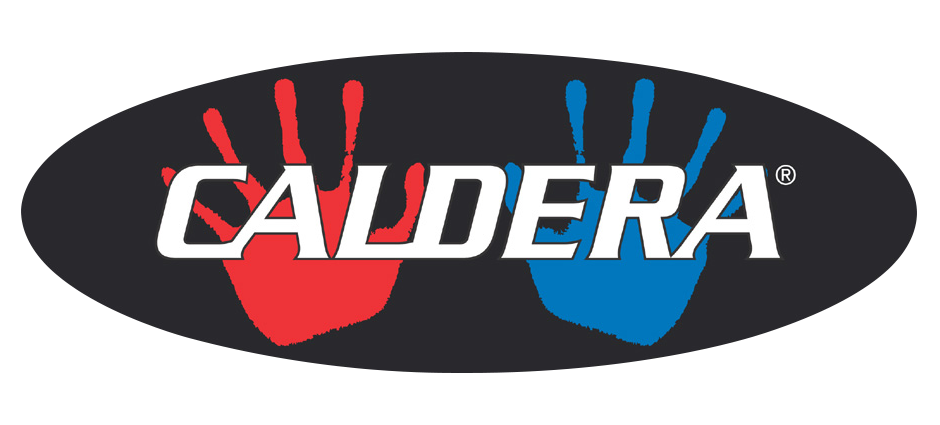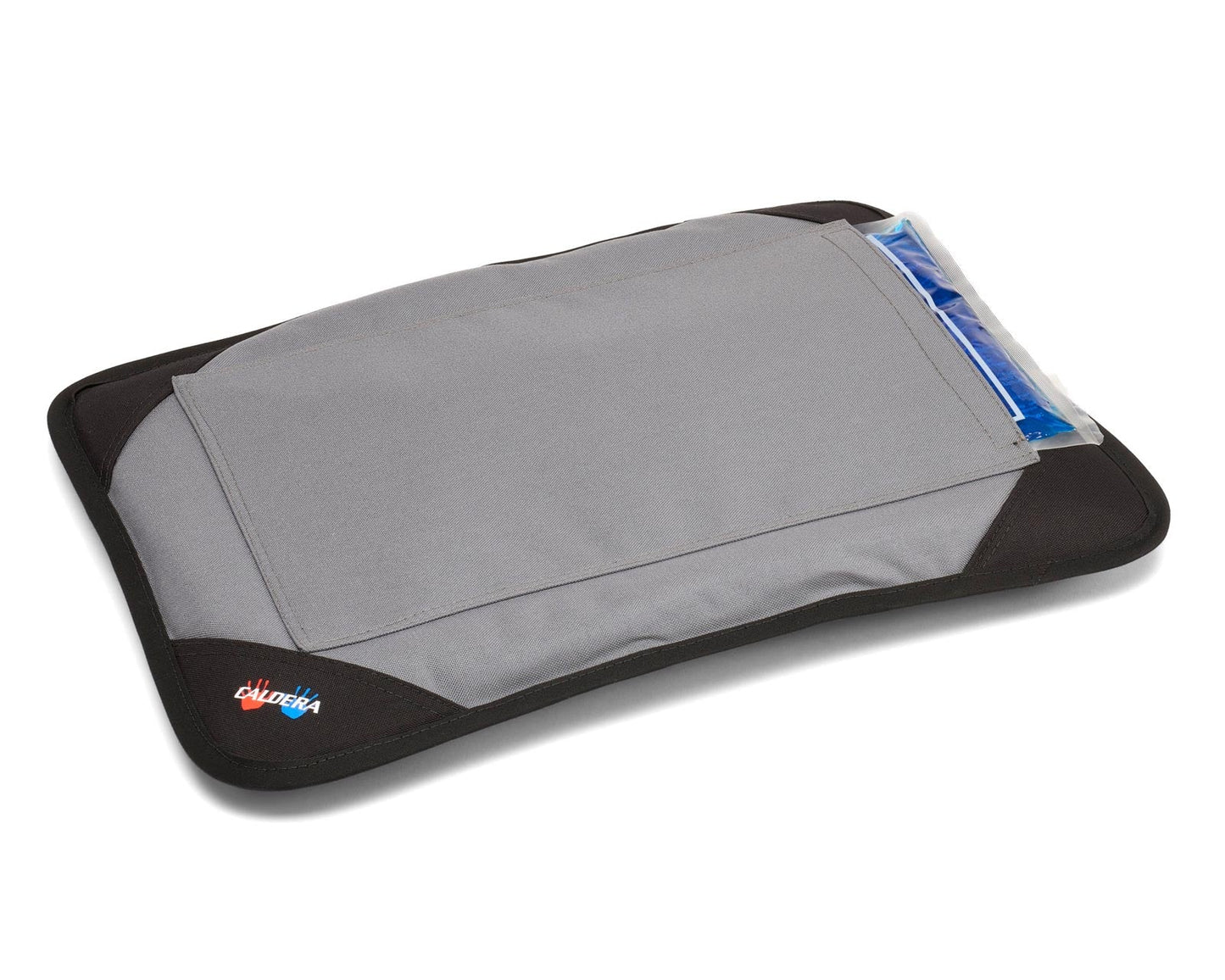Occasional bumps, bruises, sprains, or aches and pains are inevitable whether you are active at home or on the field of play. These injuries may occur suddenly or may be the result of fatigue or muscle sprain due to overuse. We are all prone to pain and injuries- a result of sitting for long hours at a desk or intense workout sessions. These injuries can lead to feelings of discomfort in your back, neck, knees, or joint which can make you feel restless. Most people reach for balms and painkillers however you can treat your injuries effectively with cold therapy wraps, heat therapy wraps, or a combination of both. Using cold or heat therapy wraps on an inflamed injury is far better than medication. The tricky part is to know when to apply cold therapy and when to apply heat therapy.

How to decide between heat and cold therapy wraps?
It is important to understand the symptoms and causes of many typical injuries.
A good rule of thumb is cold for acute pain, heat for chronic pain.
When deciding between heat and cold to treat your muscle injury it is helpful to know that if you have an acute injury or the problem is chronic. Acute injury includes a sprain that comes on rapidly and does not bother you for long but with chronic injuries- they develop slowly over time and can remain as a persistent ache for a long time. An acute injury can also develop into chronic injury when you don’t treat it well.
Here is a list of some basic rules that you should keep in mind:
● When you have injured yourself it might turn red or inflamed. For that purpose, cold therapy wraps are used immediately.
● When you use cold therapy on a stiff or tight muscle or joint it can do more harm than good.
● If you want to relax and soothe that stiff or tight muscle you can use Heat therapy to increase the range of motion.
● It is recommended that you don’t use any heat therapy on a sprain or injury that is already warm to touch.
Obviously, there are exceptions to every rule, and explaining the theory of heat and cold therapy down to only four points would be a gross oversimplification. Let’s go into a bit more depth and understand the benefits and best ways and methods to treat your injury and why heat and cold therapy have different jobs.
We have listed below some commonly affected areas and tissue injuries:
● SPRAINS
The most common type of injury suffered by many of us is a painful sprain. It can be painful and generally occurs in wrists, knees, and ankles- if the movement is too rough it can damage the ligaments too far. When a sprain occurs you can see the following symptoms including- swelling, pain, numbness, or difficulty in moving the affected area along with discomfort.
● STRAINS
While you are prepping for playing a sport you might end up overexerting a muscle or stretching the muscle too far which can result in a strain. Legs and shoulders are the most common areas involving muscle strains which can lead to pain, swelling, muscle spasms as it stretches the tendon or muscle and causes difficulty in moving.
When performing any activity that involves stretching you should apply heat to increase the flexibility so that the blood stimulates the area. After you have performed the physical activities, the best choice is to use cold therapy wraps as it will help in the onset of pain and swelling if you end up overexerting the muscle.
Using Cold therapy wraps:
Cold treatment reduces blood flow to an injured area. This slows the rate of inflammation and reduces the risk of swelling and tissue damage. It also numbs sore tissues, acting as a local anesthetic, and slows down the pain messages being transmitted to the brain. Ice can help treat a swollen and inflamed joint or muscle. It is most effective within 48 hours of an injury. Note that ice should not normally be applied directly to the skin.
Cold therapy is used when the area gets swollen and this will help to narrow down the blood vessels and reduce the inflammation after a run or an intense workout session. If by any chance you end up applying heat- it can do more harm than good and can backfire as heat is used to rush the blood to the affected part which can result in swelling and preventing your muscles from healing.
Using Heat therapy wraps:
As discussed above, using heat on the swollen area can make the inflammation worse and your injury will not heal. Therefore, heat is an excellent way to manage tense or stiff muscles or chronic pain. Heat is used to improve the circulation of blood to a particular area and can greatly help in soothing the discomfort and flex the muscles, which is great for stretching and sports that require flexibility.
Perhaps, heat therapy's main use is to help with stiffness and pain in a specific area or a joint or soreness due to cramps or spasms.

